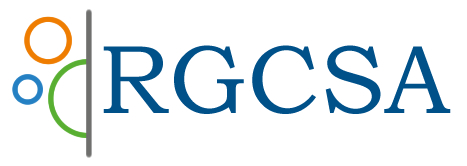Author: Prof. Suitbert Ertel
Abstract: Correlations between birth counts and planetary positions (Gauquelin planetary effects) have been acknowledged by Geoffrey Dean for a long time. In 2000, the correlations were given “a powerful explanation” by his construct of “attribution” (Dean, 2000). In Dean’s view, Gauquelin correlations are “man-made”, thus “artifacts”. Dean’s conjecture is imaginative, yet it provokes demurs. Of his three ways of “attribution”, “perinatal control” is dismissed by expert medical judgment, and “self-attribution”, in Dean’s own view, as untestable and therefore unscientific. The “parental tampering” claim, Dean’s main argument, deserves scrutiny, as follows:
The idea that parents, reporting their just-born children’s births at registration offices, tampered with birth time in order to improve their children’s astrological fortune, appears implausible a priori. Dean presupposes that in AD 1800-1950 families of eminent offspring believed in Gauquelin-type planetary correlations (“neo-astrology”). Such belief, if existent, would have differed considerably from traditional Ptolemaic belief. The rise among professional elites of a pervasive reform of Ptolemaic tradition, spreading out evenly all over Europe overcoming linguistic and cultural barriers should have left written traces. Dean does not provide even a single document as proof that such belief existed.
Neither does Dean consider, by model calculation, that the number of believers in neo-astrology who were informed enough about planetary movements in the sky, who were skilled enough to calculate auspicious planetary positions, and who were prepared enough to tell a lie at registration offices, was far too small to produce up to 6% birth count deviations from chance as observed by the Gauquelins.
Dean’s seemingly strongest empirical evidence for his parental tampering claim, the correlation across professions between G-effects and “midnight avoidance” (interpreted as “fear of spooky effects”), turns out to be spurious as soon as his one-variable measure of profession-specific G-effects is replaced with the more comprehensive and thus more reliable measures that should have been used. Moreover, an illegitimate boosting of the crucial correlation between midnight avoidance and G-effects contributes to the wrong impression that birth times might have been tampered with by superstitious parents. The simplest factual counter-evidence undermining Dean’s midnight avoidance argument are data showing that parents avoided birth times at midnight sharp only (at 12:00 h) thus evading date ambiguity, no avoidance of reporting birth times for the rest of the “spooky hour” (0:01 h through 0:59 h) is noticeable.Dean’s seven subsidiary variables of “day avoidance”, allegedly indicating tampering with birth dates, are also unrelated to “midnight avoidance”, allegedly indicating tampering with birth hour. His correlational network of tampering with birth date and birth time collapses.
Abstracts are provided of five studies, published in Correlation, whose goal was to test hypotheses derived from Dean’s attribution claims. Their results are negative throughout.
It is concluded that Dean’s scrutiny of Gauquelin data corroborates the reality of planetary effects. His “attribution” claim, however, his attempt to explain them by artifacts, went astray. Gauquelin planetary effects remain as unexplained as before. There are reasons to be concerned that Dean may continue to spread this blunder regardless. In that case, the challenging results of Gauquelin’s life work might be disparaged in public, and the motivation of potential researchers to pursue the riddle of his remarkable discovery might run dry.
Keywords: tampered, birth time,planetary positions, Gauquelin,avoidance,Dean, attribution, births
Notes:
Publication: Correlation Journal of Research In Astrology
Issue: Vol 23 number 1
Dated: 2005
Pages: 7 – 33
Gauquelin planetary effects – brought down to earth?
Posted in Free Research Abstract
